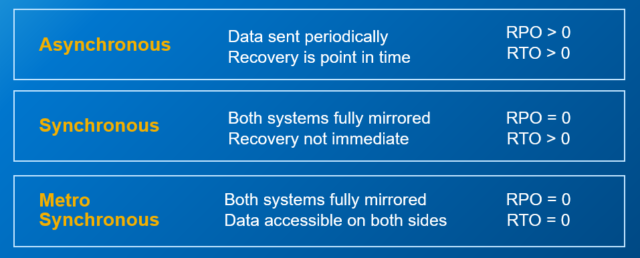Increasing safety and accuracy while lowering costs
Medivis is a medical technology company that designs augmented reality (AR) and artificial intelligence (AI) software for advanced surgical visualization. The company brings together the sharpest minds in a variety of fields, including neuroanatomy, radiology, mixed-reality technology, graphics engineering, user-experience design, database architecture, web application development, 3D modeling and more. This wealth of expertise has resulted in several groundbreaking technologies that improve surgical outcomes for patients while driving cost savings for medical institutions.
For example, SurgicalAR integrates the latest advancements in AR, AI and computer vision to overlay images directly onto a patient, enabling superior precision and real-time decision making. With SurgicalAR, physicians can focus more attention on their patients, improving patient safety while lowering costs to the healthcare system.
“The surgical world continues to primarily rely on two-dimensional imaging technology to understand and operate on incredibly complex patient pathology,” says Medivis CEO Dr. Osamah Choudhry. “It is viewed on monitors, and it is viewed like slices of data, such as CT or MRI data. But patients and their problems are three dimensional. And imaging is so dense now with data that it does not need to be visualized in just one format, cross-sectionally.”Dr. Choudhry explains that imaging can now be done using advanced visualization, where images are reconstructed in 3D views. Medivis takes this approach to a higher level, reconstructing images holographically in its SurgicalAR platform.
Working with Dell Technologies
SurgicalAR is designed to work in conjunction with a picture archiving and communications system (PACS) — a large server and storage system that stores all the hospital’s medical imaging files — to enable a complete data processing and storage solution. This is a compute-intensive process, so Medivis uses Dell Precision workstations and NVIDIA GPU-accelerated Dell EMC PowerEdge servers to perform the parallel processing required to create the holographic rendering in real time.
Dr. Choudhry notes that partnerships with global companies have enabled Medivis to move its technology from the lab to the operating room in a relatively short timeframe. “Working with partners like Dell Technologies, we can really scale out, because Dell has so much experience within the healthcare industry,” he says. “Dell works with virtually every hospital in the country. So, we are able to work with them to deliver the solution in a way that fits best in hospital workflows.”
In subsequent generations of the technology, photorealistic 3D images will be rendered in real time, using advanced algorithms to modulate light and calculate what different shadows would look like within a scan. These algorithms will be powered by high performance computing (HPC) systems that perform hundreds of millions of calculations in real time.
“It gives me goosebumps to think about what is going to be possible in the not too distant future with this technology,” Choudhry says. “It is the best of all worlds because we are working on exciting technology, and it is visual technology that really captures the public’s imagination. But, at the same time, it can really be used to help patients.”
Source: delltechnologies.com



























